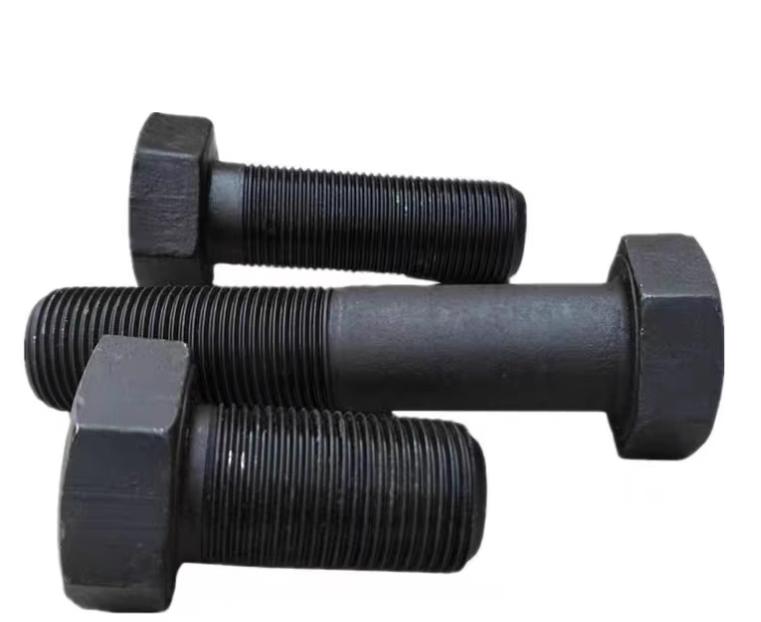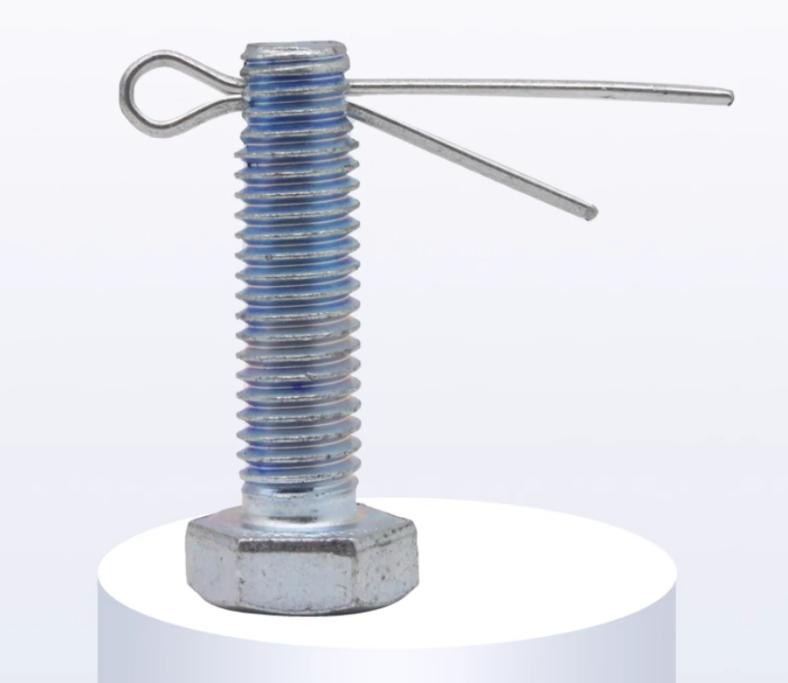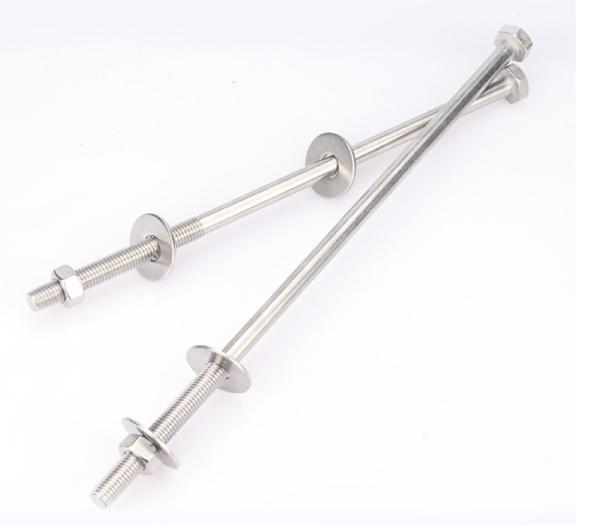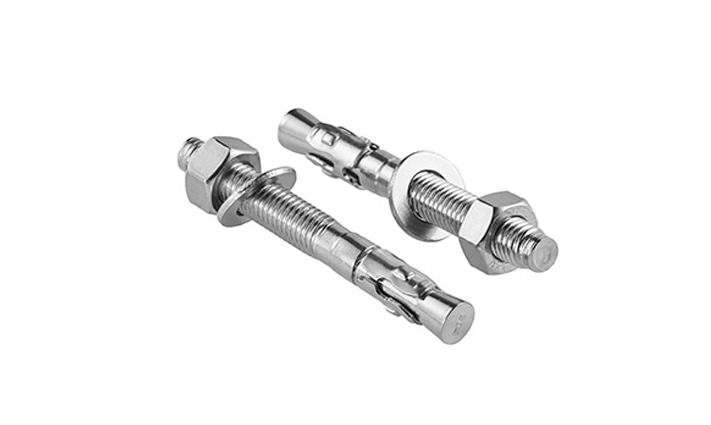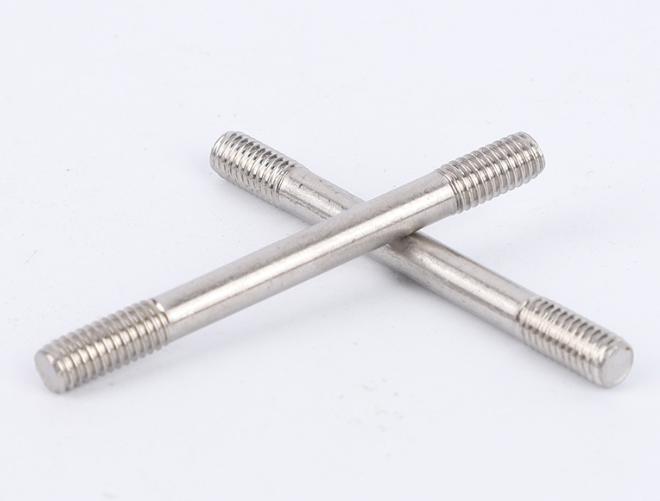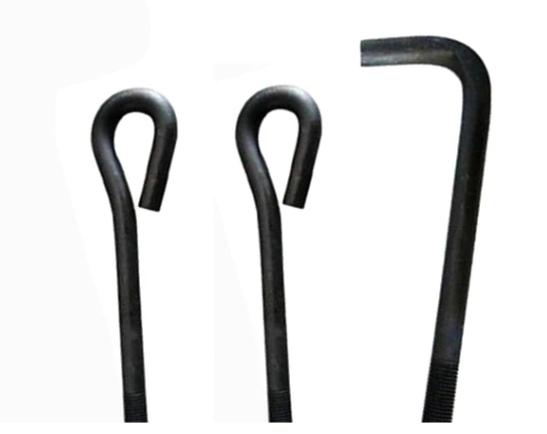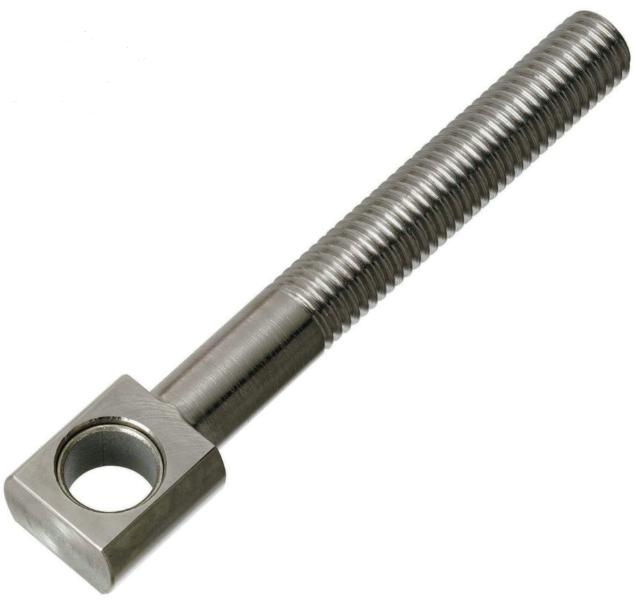How to Improve the Strength of Bolted Joints
Bolted joints are the backbone of many engineering structures and play a crucial role in ensuring their stability and durability. The strength of these connections is predominantly determined by the quality and performance of the bolts used. However, various factors, including material properties, design, manufacturing, and assembly processes, can influence the overall strength of these connections. In this article, we will explore a range of measures that can be employed to improve the strength of bolted joints, ensuring the integrity and longevity of the structures they hold together.

Factors that Affect the Strength of Bolted Joints
The following are some of the most important factors that affect the strength of bolted joints:
- Strength of the bolts: The bolts are the weakest link in most bolted joints, so it is important to use bolts that are strong enough for the application. The strength of a bolt is determined by its material, grade, and size.
- Design of the joint: The design of the joint can also have a significant impact on its strength. For example, a joint with a large number of bolts will be stronger than a joint with a small number of bolts. The type of bolts used can also affect the strength of the joint. For example, high-strength bolts are stronger than standard bolts.
- Assembly process: The assembly process is also important for ensuring the strength of a bolted joint. The bolts must be tightened to the correct torque to ensure that they are properly preloaded. Preload is the tension in the bolt that is created when it is tightened. Preload is important for preventing the bolts from loosening and for ensuring that the joint is strong enough to carry the load.
Tips for Improving the Strength of Bolted Joints
Improving Load Distribution in Threads
When using a standard nut, the axial load is not evenly distributed between the threads. The first thread bears the most load, and the load decreases for subsequent threads. This uneven load distribution can lead to premature failure of the bolts.
There are a number of ways to improve load distribution in threads. One way is to use a suspended nut. A suspended nut has a conical suspension section that is in tension. This helps to reduce the difference in torque between the nut and the bolt, resulting in more uniform load distribution.
Another way to improve load distribution in threads is to use a ring nut. A ring nut has a similar effect to a suspended nut, but it is easier to manufacture.
Avoiding or Reducing Additional Stress
Bolts can be subjected to additional stress due to design, manufacturing, or assembly errors. This additional stress can have a significant impact on the fatigue strength of bolts.
One way to avoid additional stress is to make sure that the bolts are properly seated on the bearing surfaces. This can be done by using washers and gaskets. Another way to avoid additional stress is to make sure that the bolts are not overtightened. Overtightening can cause the bolts to stretch, which can lead to premature failure.
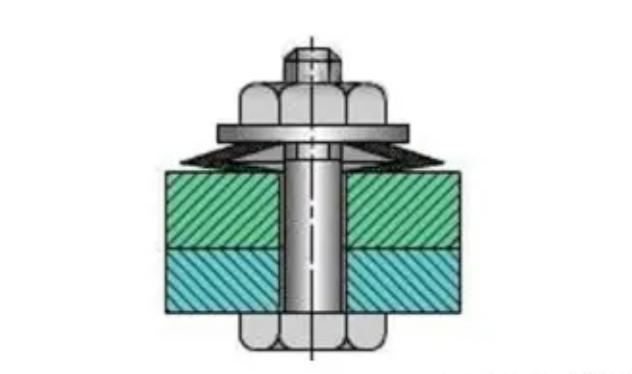
Reducing Stress Concentration
Stress concentration occurs at areas of sharp changes in geometry, such as the thread root, the bolt head, and the transition between the bolt head and the shank. Stress concentration can lead to premature failure of the bolts.
There are a number of ways to reduce stress concentration. One way is to increase the fillet radius at the thread root. Another way is to increase the radius at the transition between the bolt head and the shank. Relief grooves can also be used to reduce stress concentration.
Reducing Stress Amplitude
Stress amplitude is the difference between the maximum and minimum stress in a bolt. The lower the stress amplitude, the longer the bolt will last.
One way to reduce stress amplitude is to increase the preload in the bolts. Preload is the clamping force that is applied to the bolts when they are tightened. Increasing the preload reduces the amount of stress that the bolts experience during operation.
Another way to reduce stress amplitude is to use flexible bolts. Flexible bolts are designed to deflect more than standard bolts. This deflection helps to absorb energy and reduce stress in the bolts.
Improving Manufacturing Processes
The manufacturing process has a significant impact on the fatigue strength of bolts. High-strength steel bolts are particularly sensitive to the manufacturing process.
One of the best ways to improve the fatigue strength of bolts is to use rolled threads. Rolled threads have a residual compressive stress on the surface, which improves fatigue strength.
Other manufacturing processes that can improve the fatigue strength of bolts include carbonitriding, nitriding, and shot peening. These processes create a hard surface layer on the bolts, which helps to resist wear and fatigue.
Conclusion
Bolted joints are critical in the construction and maintenance of various structures. The strength and durability of these connections are influenced by numerous factors, and understanding how to enhance their strength is paramount to ensuring the safety and reliability of the structures they hold together.
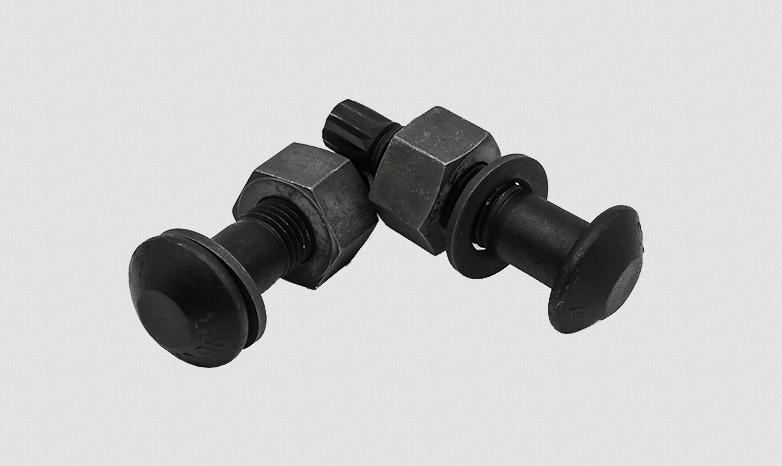
Improving the strength of bolted joints involves careful consideration of load distribution, stress concentration, stress amplitude, and manufacturing processes. By implementing the measures outlined in this article, engineers and manufacturers can take proactive steps to optimize the strength of bolted connections and, consequently, the integrity of the structures they support. The right choices in design, materials, and assembly techniques can lead to safer, longer-lasting, and more resilient engineering solutions.

